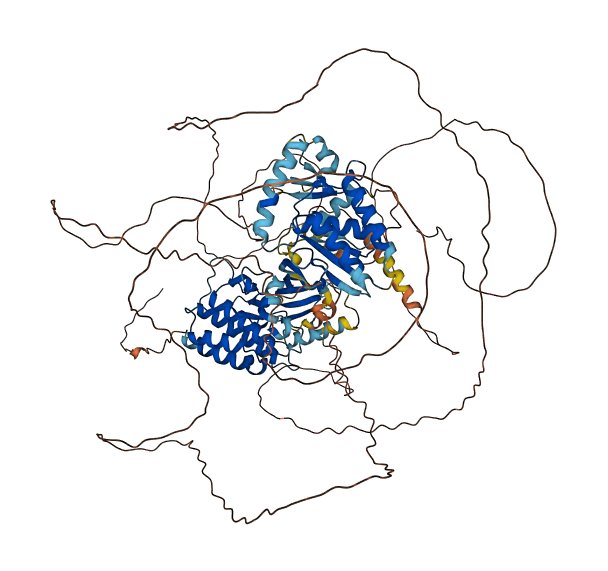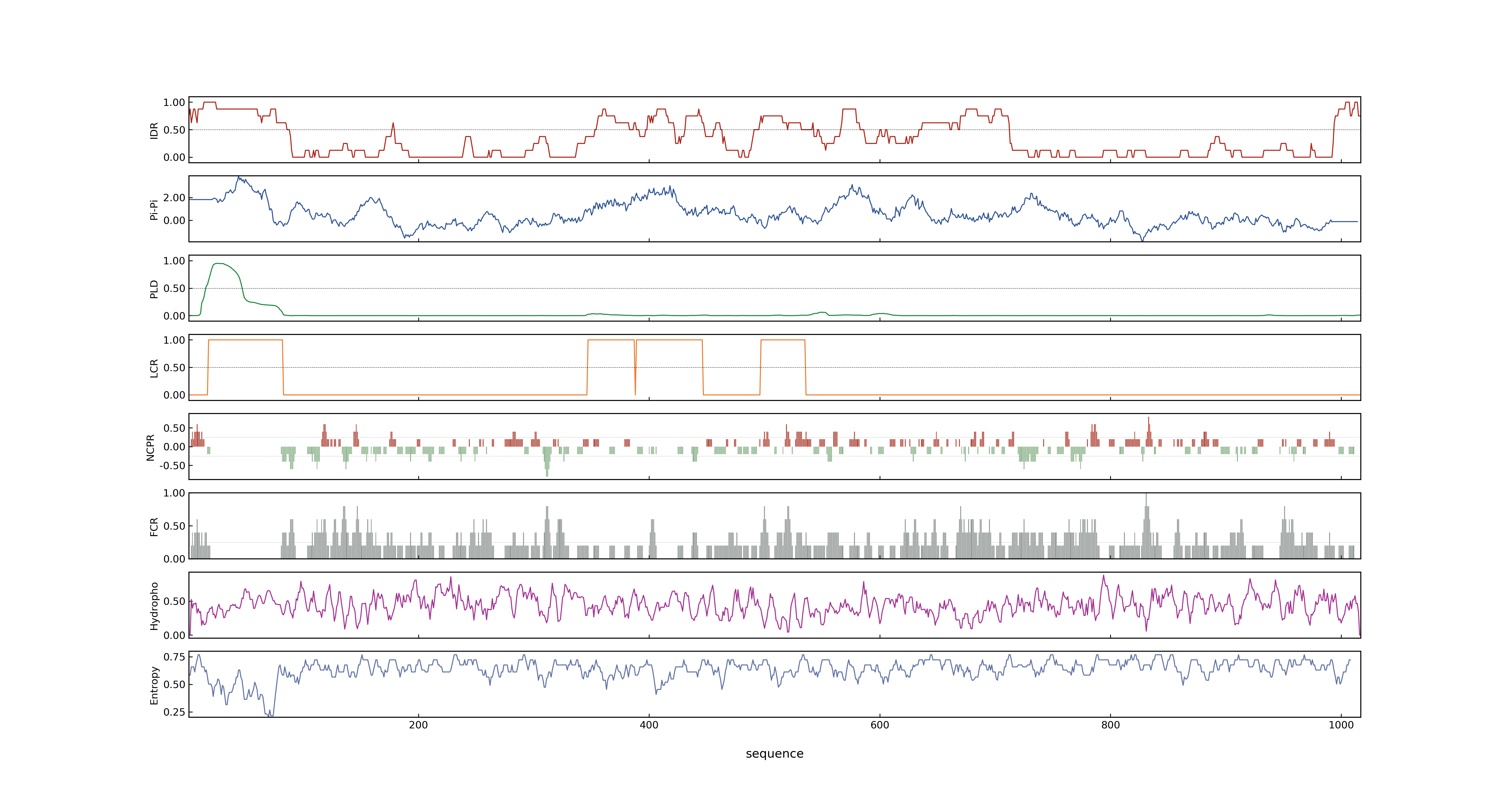- Information
- Symbol: OsEDR1,OsACDR1,OsMAPKKK1,SPL3
- MSU: LOC_Os03g06410
- RAPdb: Os03g0160100
- PSP score
- LOC_Os03g06410.1: 0.8924
- PLAAC score
- LOC_Os03g06410.1: 0
- pLDDT score
- 58.13
- Protein Structure from AlphaFold and UniProt
- MolPhase score
- LOC_Os03g06410.1: 0.99863821
- MolPhase Result
- Publication
- Molecular cloning and mRNA expression analysis of a novel rice L. MAPK kinase kinase, , an ortholog of , reveal its role in defense/stress signalling pathways and development, 2003, Biochem Biophys Res Commun.
- OsEDR1 negatively regulates rice bacterial resistance via activation of ethylene biosynthesis, 2011, Plant Cell Environ.
- Negative regulation of defense responses in plants by a conserved MAPKK kinase, 2001, Proc Natl Acad Sci U S A.
- Rice OsACDR1 Oryza sativa accelerated cell death and resistance 1 is a potential positive regulator of fungal disease resistance, 2009, Mol Cells.
- Mutation of SPOTTED LEAF3 SPL3 impairs abscisic acid-responsive signalling and delays leaf senescence in rice., 2015, J Exp Bot.
- Genetic analysis and identification of candidate genes for two spotted-leaf mutants spl101 and spl102 in rice., 2017, Yi Chuan.
- Genbank accession number
- Key message
- We had previously reported upregulation of the OsACDR1 transcript by a range of environmental stimuli involved in eliciting defense-related pathways
- Rice plants overexpressing OsACDR1 exhibited spontaneous hypersensitive response (HR)-like lesions on leaves, upregulation of defense-related marker genes and accumulation of phenolic compounds and secondary metabolites (phytoalexins)
- In contrast, loss-offunction and RNA silenced OsACDR1 rice mutant plants showed downregulation of defense-related marker genes expressions and susceptibility to M
- These results indicate that OsACDR1 plays an important role in the positive regulation of disease resistance in rice
- Rice OsACDR1 (Oryza sativa accelerated cell death and resistance 1) is a potential positive regulator of fungal disease resistance
- Using our established two-week-old rice seedling in vitro model system, we show that OsEDR1 has a constitutive expression in seedling leaves and is further up-regulated within 15 min upon wounding by cut, treatment with the global signals jasmonic acid (JA), salicylic acid (SA), ethylene (ethephon, ET), abscisic acid, and hydrogen peroxide
- ACC treatment was associated with decreased SA and JA biosynthesis in OsEDR1-KO plants
- In contrast, aminoethoxyvinylglycine, the inhibitor of ethylene biosynthesis, promoted expression of SA and JA synthesis-related genes in OsEDR1-KO plants
- Rice Oryza sativa accelerated cell death and resistance 1 (OsACDR1) encodes a putative Raf-like mitogen-activated protein kinase kinase kinase (MAPKKK)
- Finally, OsEDR1 expression varied significantly in vegetative and reproductive tissues
- OsEDR1-KO plants also showed suppressed production of ethylene
- Knockout of OsEDR1 suppressed the ACC synthase (ACS) gene family, which encodes the rate-limiting enzymes of ethylene biosynthesis by catalysing the formation of ACC
- In the rice-Xoo interaction, OsEDR1 transcriptionally promotes the synthesis of ethylene that, in turn, suppresses SA- and JA-associated defence signalling
- OsEDR1 negatively regulates rice bacterial resistance via activation of ethylene biosynthesis
- Furthermore, using an in vivo system we also show that OsEDR1 responds to changes in temperature and environmental pollutants-ozone and sulfur dioxide
- These results suggest a role for OsEDR1 in defense/stress signalling pathways and development
- The spl3 mutant was found to be insensitive to abscisic acid (ABA), showing normal root growth in ABA-containing media and delayed leaf yellowing during dark-induced and natural senescence
- By contrast, in spl3 mutants grown under continuous light, severe cell death lesions formed in developing leaves, even at the seedling stage
- By map-based cloning and complementation, it was shown that a 1-bp deletion in the first exon of Oryza sativa Mitogen-Activated Protein Kinase Kinase Kinase1 (OsMAPKKK1)/OsEDR1/OsACDR1 causes the spl3 mutant phenotype
- Mutation of SPOTTED LEAF3 (SPL3) impairs abscisic acid-responsive signalling and delays leaf senescence in rice
- Furthermore, the spl3 mutant had lower transcript levels and activities of catalases, which scavenge hydrogen peroxide, probably due to impairment of ABA-responsive signalling
- Finally, a possible molecular mechanism of lesion formation in the mature leaves of spl3 mutant is discussed
- Here, two newly identified alleles of OsEDR1 will be benefit for further understanding the molecular mechanisms of the OsEDR1 gene in disease resistance, and will be helpful for enriching the rice germplasm resources
- Connection
Prev Next

